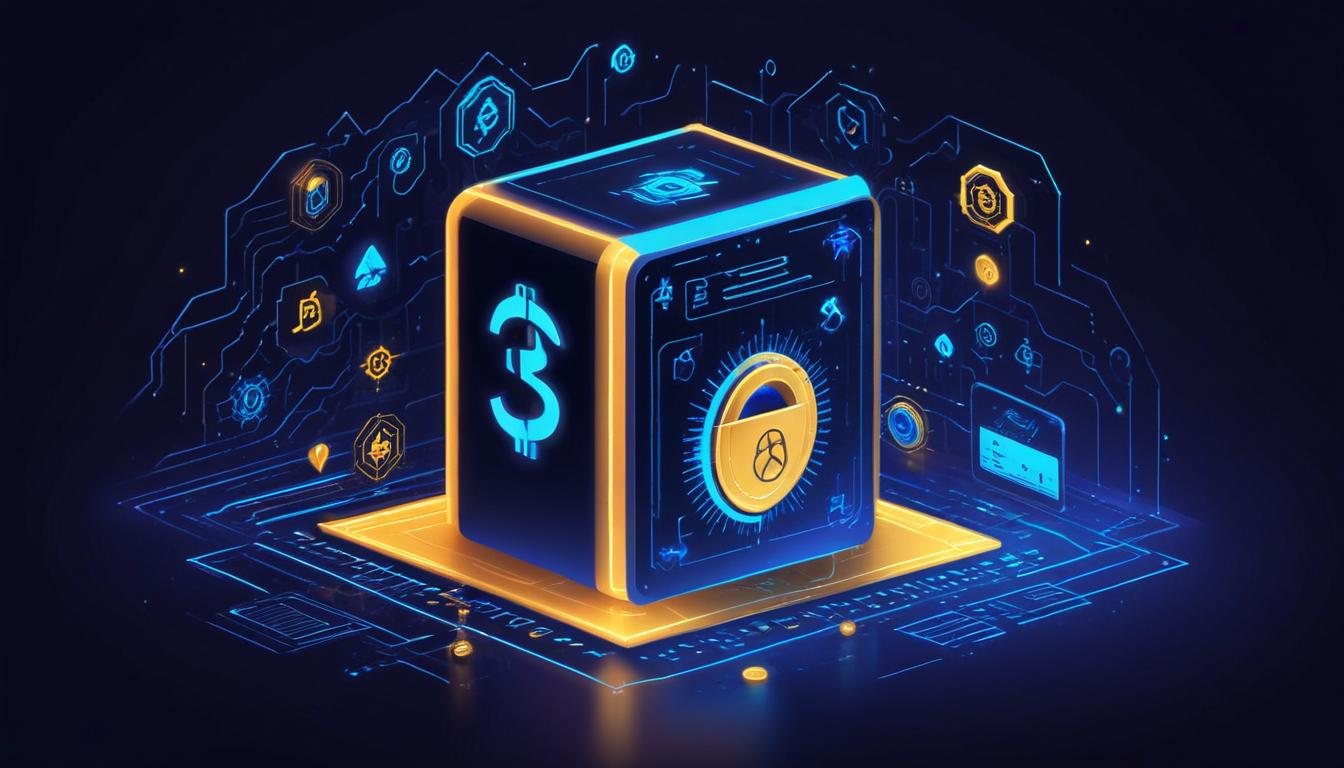The intersection of cryptocurrency security and command-line interfaces represents a critical frontier in the broader adoption of digital assets. As the cryptocurrency ecosystem continues to mature, the importance of robust security practices has become increasingly apparent, particularly in the context of self-custody solutions that rely heavily on command-line tools and Unix-like environments.
The foundation of cryptocurrency security often begins with the proper configuration of one’s operating system and development environment. This represents a significant challenge for many users, as it requires familiarity with command-line interfaces and package management systems – tools that were historically the domain of developers and system administrators. The growing need for these technical skills highlights an important tension in the cryptocurrency space between security requirements and user accessibility.
The evolution of package managers and system utilities plays a crucial role in maintaining secure cryptocurrency environments. These tools serve as the backbone for installing and managing the software components necessary for secure cryptocurrency operations, from wallet software to verification tools. However, the complexity of these systems can create significant barriers to entry for new users, particularly those coming from non-technical backgrounds.
Security in the cryptocurrency space demands a multi-layered approach, starting from the basic system configuration up through specialized cryptocurrency tools. The challenge lies in creating secure environments that can protect against sophisticated threats while remaining accessible to users with varying levels of technical expertise. This balance becomes particularly crucial when considering the irreversible nature of cryptocurrency transactions and the potential financial consequences of security breaches.
Modern operating systems, particularly Unix-based systems like macOS, have inherited decades of security practices and system administration paradigms. While these systems provide robust security foundations, they can present significant usability challenges, especially when users need to modify system configurations or install specialized tools. The complexity of these systems often reflects a fundamental truth in security: robust protection frequently comes at the cost of convenience.
The standardization of development environments and security tools represents both an opportunity and a challenge for the cryptocurrency community. While standardized tools can help ensure consistent security practices, they must be implemented in ways that accommodate users across different operating systems and technical skill levels. This challenge is particularly evident in the context of cross-platform development and security tools.
Looking forward, the cryptocurrency community faces several critical challenges in improving security tool accessibility. The first is developing more intuitive interfaces for security-critical operations without compromising the underlying security model. The second is creating better documentation and user education resources that can help bridge the gap between technical requirements and user capabilities.
The future of cryptocurrency security tools will likely see a gradual evolution toward more user-friendly interfaces while maintaining robust security foundations. This evolution must balance the need for strong security practices with the reality that not all users possess advanced technical skills. Innovations in this space might include better integration between command-line tools and graphical interfaces, improved error handling and user feedback, and more automated security configuration options.
As the cryptocurrency ecosystem continues to mature, the importance of accessible security tools will only grow. The community must work toward solutions that can accommodate both technical and non-technical users while maintaining the high security standards that cryptocurrency operations demand. This might include developing new tools that can abstract away complexity while preserving security, or creating better educational resources to help users understand and implement security best practices.



